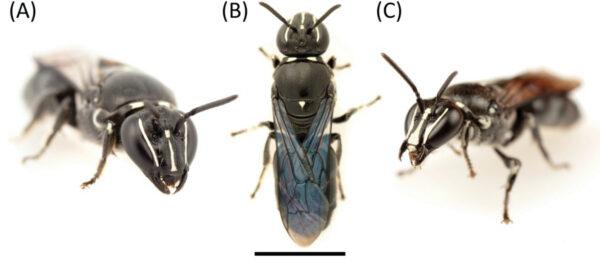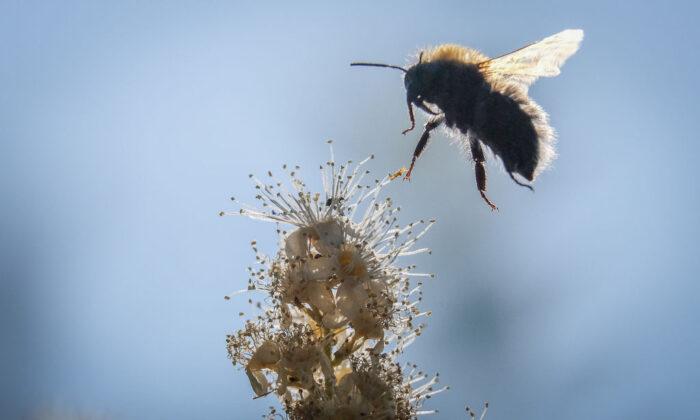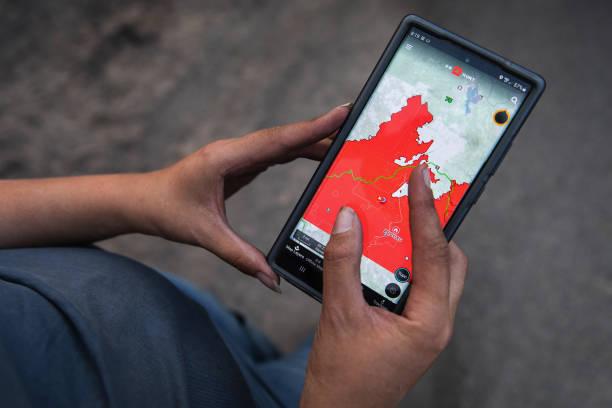A rare species of bee unique to Australia has been rediscovered by a researcher in Queensland. The species has not been seen since 1923 and was thought to be extinct.
Known as Pharohylaeus lactiferous, the bee is the only species in the genus Pharohylaeus. A total of only six have been spotted before in Australia, and nothing was known about its biology.
James Dorey, a doctoral candidate at Flinders University, recently rediscovered it after an extensive sampling of 225 general and 20 targeted sampling sites in New South Wales and Queensland.
Dorey’s survey identified three geographically isolated populations of the bees along the eastern coast of Australia; all live in tropical and subtropical rainforest. He also indicated that the bees are strongly dependent on two plants, Firewheel trees (Stenocarpus sinuatus) and Illawarra flame trees (Brachychiton acerifolius).

The study pointed out that future research about Pharohylaeus lactiferous should focus on increasing people’s understanding of the species’ biology, ecology, and population genetics.
Before going to Flinders University, James Dorey finished a bachelor of science in ecology and zoology at The University of Queensland.
Although not particularly interested in insects initially, Dorey’s perspective completely changed after he bought a second hand 100mm macro lens for his camera.
“So this is my mission, I want to be able to provide you with the means to share your passion for nature. Particularly, yet no limited to the tiny and unseen. I want to share my passion for nature.”





